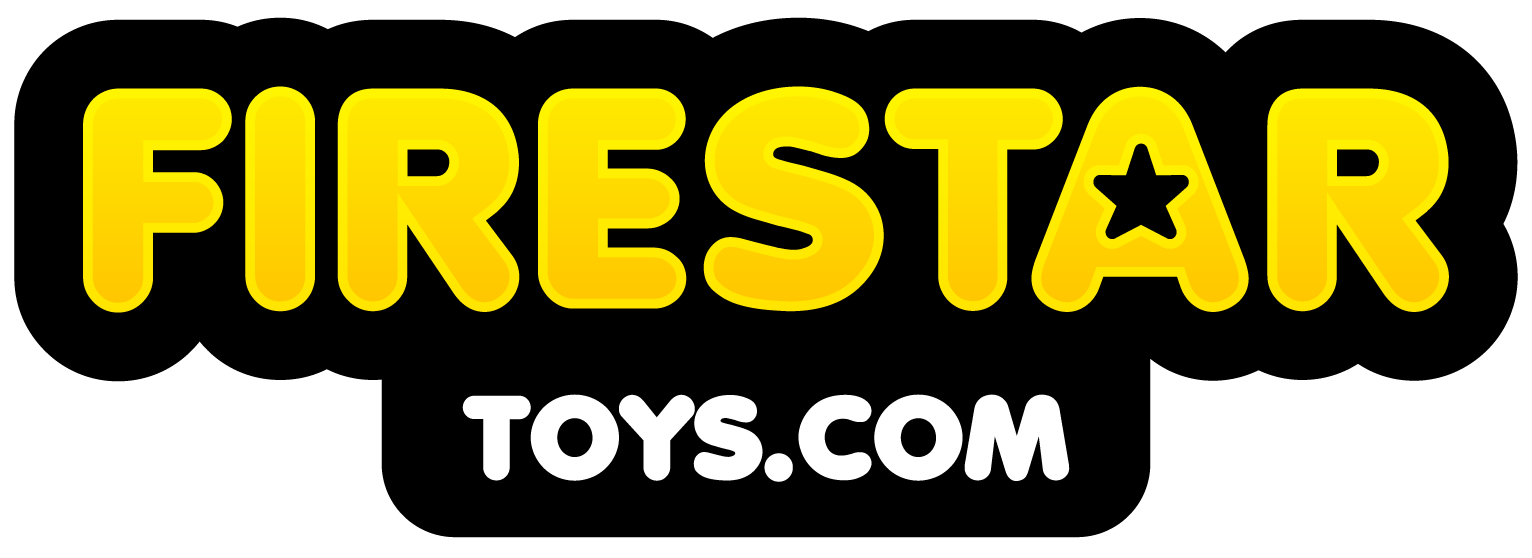
I know what you’re thinking: “LEGO D&D? Where can I buy that? Sign me up!” Well the good news is, you may already have everything you need to combine your two favourite hobbies. Let me explain.
The last few years have seen an explosion in the pervasiveness and acceptability of “nerd culture”. Almost every franchise that you might’ve kept to yourself before is now seemingly perfectly fine conversation. Fewer people will batt an eyelid at your Teenage Mutant Ninja Turtles t-shirt, your X-Wing bumper sticker, or at the giant bag of LEGO bricks in your hands.
Just look at LEGO’s own current catalogue of franchise partners and their new 18+ label: where previously adults might have felt self-conscious or foolish building LEGO, now there are Stranger Things, classic Batman and James Bond sets to cater specifically to that demographic.

Another franchise that’s done extremely well from people letting go of the idea of geekdom being exclusively for basement-dwellers is Dungeons and Dragons, the self-proclaimed “world’s greatest roleplaying game”. You’ve likely heard the name before, but for those who don’t know, “D&D” is a game where you and a group of friends each create a character and roleplay adventures through a fantasy world using a system of dice rolling, stat blocks, and raw imagination. It’s always existed on the edge of pop culture, but streamed games like Critical Role and The Adventure Zone have helped to pull it into the mainstream. There’s no official LEGO D&D yet, but who knows where the popularity of these streams might take both franchises.
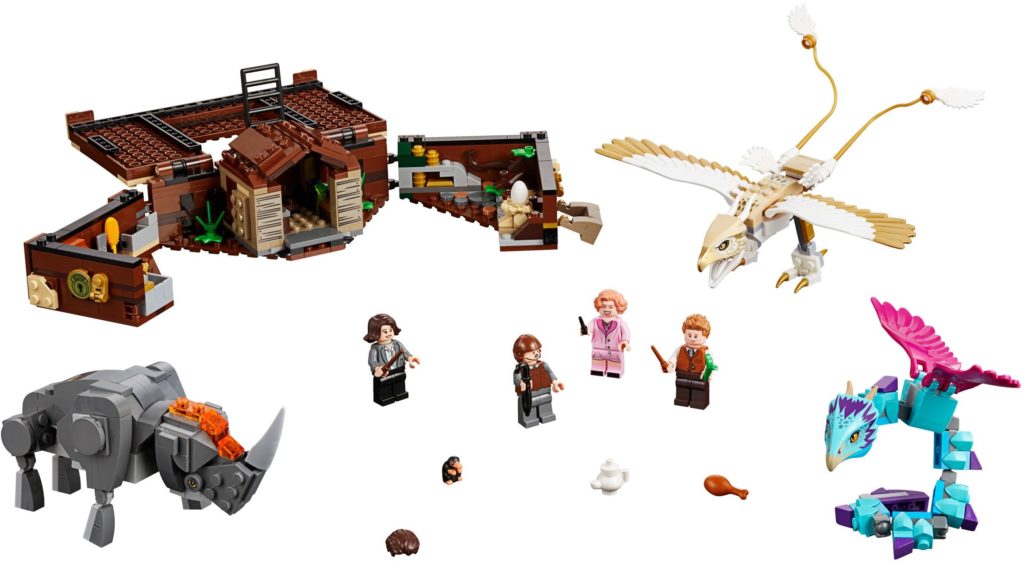
One key – though admittedly optional – element of D&D is using miniatures to represent certain encounters. So if you have a battle with a giant or a horde of goblins, your Dungeon Master (who runs the game) might lay out a physical map and use miniatures and tokens to show you exactly where you are in relation to your opponents. Some DMs create wonderfully elaborate maps and miniatures for their players to enjoy, and I’m sure you can now see where this article is going.
Because where there are miniatures of any kind, there is an AFOL furiously trying to cross their hobbies and get their friends to substitute another kind of plastic for sweet ABS. LEGO D&D is the next logical step!
Maybe you’re a long-standing LEGO fan but are only getting started playing D&D. Maybe you’ve played D&D for a long time and never used miniatures at all. Or maybe you’re simply here for a fun thought experiment. Whichever it is, let’s take a look at some reasons why you might use LEGO when playing Dungeons and Dragons.
Accessibility
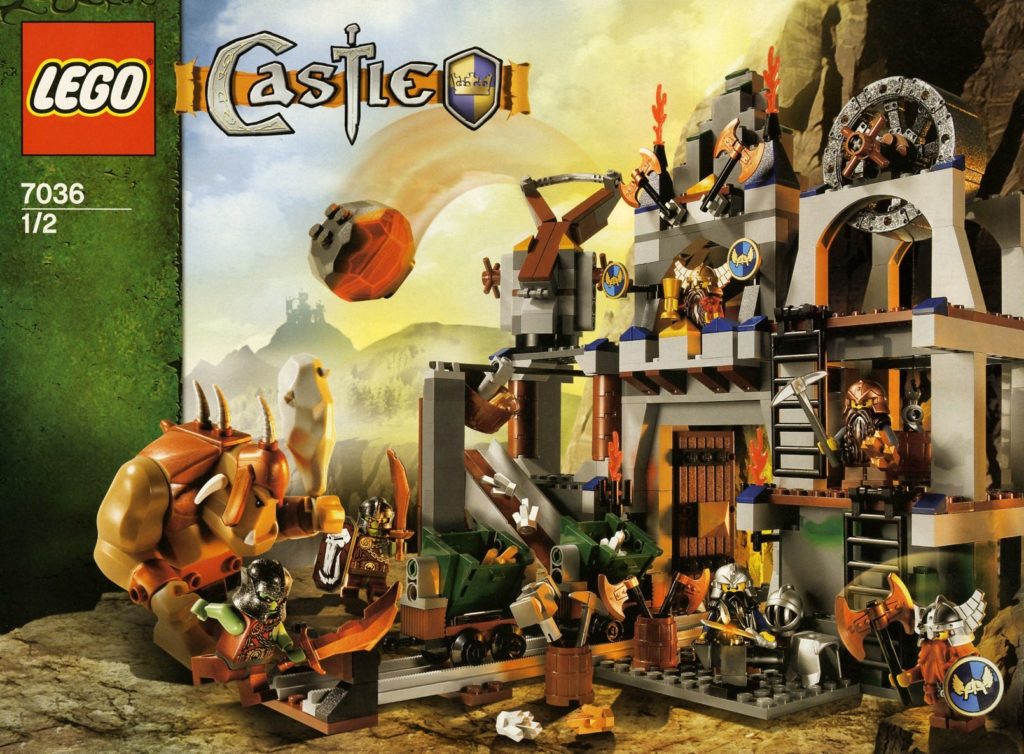
When I was still in primary school (that’s elementary school for our American readers) I used to collect Warhammer. It was a tabletop game similar to D&D, though rather than playing as one character, you commanded a whole army of miniatures against your opponent. I loved the artwork and the fantasy lore behind it, but I was (and still am) a terrible painter. When Games Workshop miniatures are as expensive as they are, you don’t want to spend a lot of money on a beautiful Harlequin fighter or Tomb King skeleton warrior only to ruin it with your poor painting skills.
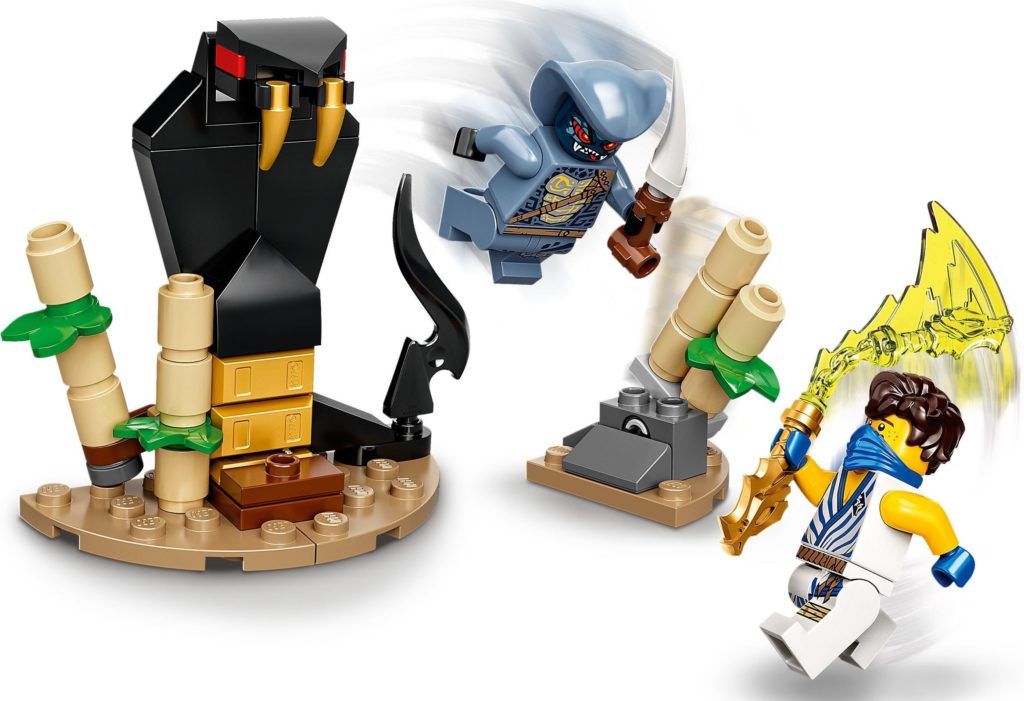
This was one of the reasons I stopped collecting, and I suspect that a lot of other people who maybe don’t have the time to practice miniature painting or have a disability that prevents it may have similar stories. The same would go for D&D miniatures: the designs are beautiful, but your own painting ability is never guaranteed to match. Not everyone can be a master artisan.
That’s where LEGO can be so useful. LEGO have produced so many fantasy-based minifigure elements over the years (as I will soon get into) that minifigures present a very viable alternative to painted miniatures. You may have to sacrifice accuracy to the image in your head a little bit, but you can easily whip up almost any fantasy race imaginable at this stage. In short, because LEGO is for everyone and such an easy tool to create with, anyone can make their own LEGO D&D miniatures this way.
Get the Latest LEGO Sales & Deals
Customisation
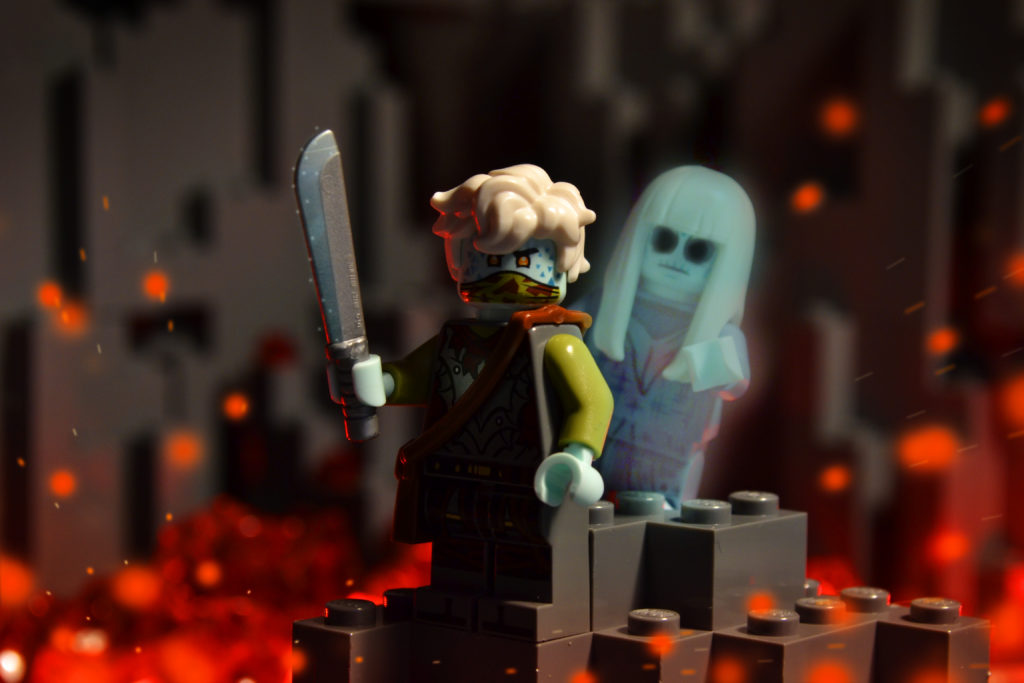
As I said before, LEGO have produced hundreds of different heads, torsos, legs and accesories that are perfect for fantasy characters of all kinds. Between the many realms of Ninjago, the tribes of Legends of Chima, 2007’s Tolkien-esque Castle theme and dozens of film and TV show based themes, there now exists a gigantic catalogue of parts to choose from.
The D&D Player’s Handbook offers a number of different races for you to sift through, each with their own unique benefits and drawbacks. Humans, halflings and gnomes are probably the easiest to build, but LEGO have produced a wide number of different elf ear/hair combos in the past decade that making an elf or half-elf character is fairly easy too. With short legs and beards at your disposal, you could also be a dwarf. After that stunning Dragon Guy collectible minifigure, you can be a red Dragonborn too. Monkie Kid’s recent demon twins mean you can easily make a devillish Tiefling character.
And that’s just from the Player’s Handbook! Subsequent D&D guides offer more races to play as, and most can be represented in LEGO in some way. Chima’s Mammoth Tribe’s heads can be used for the elephantine Loxodons from Guildmaster’s Guide to Ravnica, the Croc Tribe’s pieces are an easy pick for a Lizardfolk character from Volo’s Guide to Monsters, and so on. With a little bit of imagination, you can easily pick out the right pieces for any player race.

Another level of customisation that you have with LEGO D&D is to change your character’s clothes whenever you please. It’s not uncommon for players to have to find new armour or attire in-game depending on the terrain they are visiting or the battles they are soon to undertake, and with painted miniatures, you would have to create a whole new miniature from scratch to represent this. Not so with LEGO, as you can easily switch out your Gnome Cleric’s summery robes for a thicker parka during winter.
This is to say nothing of weapons and magic items. Once again, Ninjago in particular contains almost every type of fantasy weapon under the sun – everything from standard swords and bows to crazy flaming warhammers and energy swords – so giving your Aasimar Barbarian the right blade is unlikely to cause much of a problem.
This is probably the biggest benefit for building your player characters and their enemies out of LEGO, but what about the maps themselves?

Scenery
While minifigures are LEGO elements that we love dearly, LEGO is of course much, much more than that.
I’ve already mentioned that character miniatures and tokens are laid out on maps. Again, these are not an essential part of playing D&D, but as a visual aide for your players they can be invaluable in setting the scene.

Building your maps and terrain with LEGO bricks offers a whole world of opportunity that requires no prior painting, sculpting, modelling, cutting, washing or sanding ability. You just need your box of bricks and your imagination. And next week, after you’re done with your goblin cave encampment, you can take it apart for your underwater kraken lake map. It offers just as, if not more, freedom than minifigures do, and I would highly recommend using LEGO for your game.
Plus, if you’re not the best builder but still want to present your players with something to gawp at, you have several decades’ worth of Castle, Ninjago, Chima and Knights Kingdom instructions online to go back and get inspiration from, or to just straight-up build. Your players aren’t going to care that the design isn’t your own in the same way that a particularly purist AFOL might criticise you – they’ll be too happy using their mini-me’s to physically live out their adventures in your fantasy world.
On to Adventure!
And that is why LEGO minifigures and bricks are just perfect for playing Dungeons & Dragons! To me, it’s a match made in heaven, and I can’t wait until my players and I can sit around a real table together again so that I can take them through combat with a physical, LEGO-built board.
Written by Jack Rizzo

Get the Latest LEGO Sales & Deals
